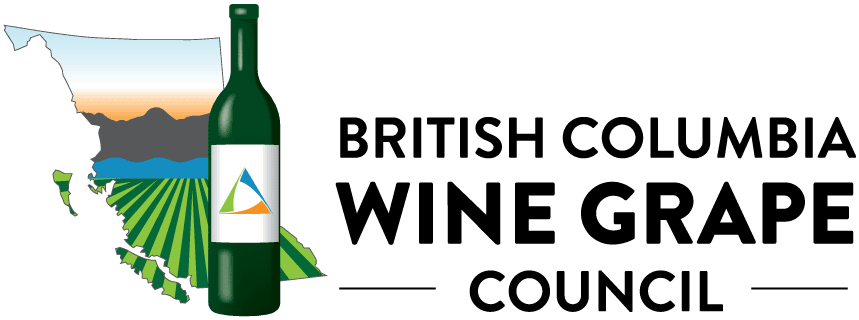The focus of this study is on water and nutrient management for Canadian vineyards. Specific objectives: a) to investigate Subsurface Water Retention Technology (SWRT) and biochar-compost mixture inter-row application for improving soil water holding capacity and reducing the competition between grape vine and cover crops for water and nutrients. b) To evaluate the effect of Vermi Compost (VC), VC tea and Stella Maris application rate, method and frequency on yield, fruit quality, plant nutrient status and plant and/or soil health
Stay informed about the latest trends and updates in the British Columbia wine industry.
